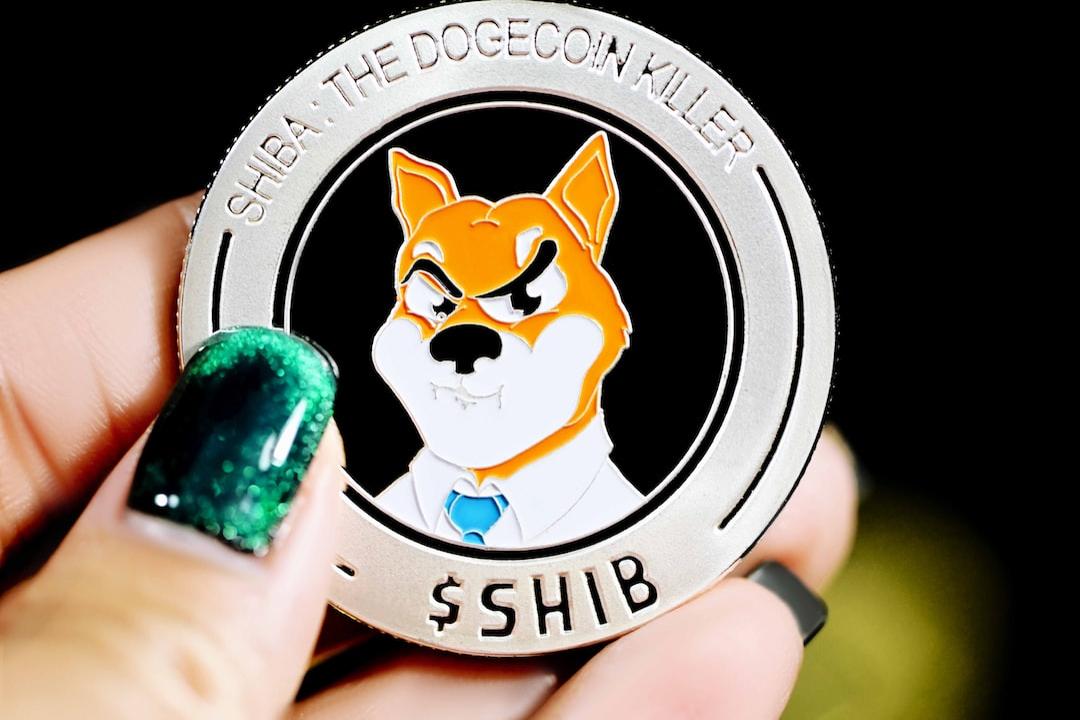Analysis of Bitcoin Market Share Evolution: 2013-2025
This study examines the daily market share of Bitcoin from April 29, 2013, to July 22, 2025, with data sourced from CoinGecko.
How Has Bitcoin’s Market Share Evolved Over the Years?
From 2013 to 2025, Bitcoin’s market share in the cryptocurrency market has experienced significant fluctuations, ranging between a historical low of 31.1% and an early high of 99.1%. During this period, Bitcoin maintained a daily market share of 50.0% or higher for two-thirds of the time. In other words, Bitcoin held a dominant position in the cryptocurrency market for a total of 8 years over these 12 years.
On an annual basis, Bitcoin’s average daily market share declined for five consecutive years, from 93.3% in 2013 to 44.6% in 2018. In 2019, the market share rebounded to 60.2%, followed by 62.7% in 2020, before dropping again to 47.6% in 2021 and 39.3% in 2022.
Since 2023, Bitcoin’s market share has steadily increased, with an average of 45.6% for 2023, 51.9% for 2024, and 59.3% so far in 2025. This suggests that Bitcoin’s market share in 2025 is currently around the 12-year average of 62.5%.
Bitcoin’s market share is currently around the 12-year average of 62.5%

Statistical Dates: April 29, 2013, to July 22, 2025
Key Levels of Bitcoin’s Market Share
Since February 2016, Bitcoin’s market share has remained well below 90%. This reflects a turning point in the maturation of the cryptocurrency market following the 2017 ICO boom and the first altcoin bull market, marked by an increase in the number of mainstream altcoins and their market capitalization.
Similarly, after barely reaching 70.7% on January 3, 2021, Bitcoin’s market share began to decline and has remained below 70%. This indicates that over the past 12 years, Bitcoin’s average daily market share has only reached 70% or higher for one-third of the time. Whether Bitcoin’s market share will again break the 70.0% threshold remains to be seen.
Notably, on April 7, 2025, Bitcoin’s market share rose to 60.5%, marking the first time in over four years that it surpassed the 60% threshold. The last time Bitcoin’s market share exceeded this threshold was on March 15, 2021, when it reached 60.6%. Over the past 12 years, Bitcoin’s market share has been below 60.0% for more than half of that time.
Historical Development of Bitcoin’s Market Share (2013 – 2025)
The annual average, minimum, and maximum values of Bitcoin’s market share from 2013 to 2025 are as follows:

2013 to 2016: Bitcoin’s Monopoly in the Cryptocurrency Market
From 2013 to 2016, Bitcoin dominated the cryptocurrency market, with an average daily market share ranging from 82.6% to 93.3%. During this emerging phase, despite Bitcoin price corrections and major regulatory actions taken by the U.S. against the then Bitcoin exchange Mt. Gox, Bitcoin’s market share peaked at 99.1% on May 29, 2013.
Although Bitcoin held the vast majority of the market share, it experienced three significant fluctuations during this period:
- On March 29, 2014, Bitcoin’s market share dropped by 10.9 percentage points from 89.6% to 78.7%. This occurred after the collapse of Mt. Gox and was attributed to a significant rise in the total cryptocurrency market capitalization followed by a correction.
- On January 15, 2015, Bitcoin’s market share sharply declined by 16.2 percentage points from 80.2% to 64.0%. This drop was driven by Bitcoin’s price falling from $221 the previous day to $172, marking the bear market bottom after the centralized exchange Bitstamp was hacked.
- On January 16, 2015, Bitcoin’s market share rebounded to 80.7%, increasing by 16.7 percentage points from the previous day, while the price of Bitcoin also rose to $211.
2017 to 2018: ICOs and Altcoins Overwhelm Bitcoin
In the following two years, Bitcoin’s market share further declined during the altcoin bull market driven by ICOs in 2017 and the bear market in 2018, falling to new lows well below the 80% and 70% thresholds. On May 16, 2017, Bitcoin fell below 50% for the first time, reaching 48.5%. Notably, on January 16, 2018, Bitcoin’s market share hit a historical low of 31.1%, as its price plummeted from $14,412 to $11,724.
Over the past 12 years, Bitcoin’s market share was most volatile in 2017, starting at 87.2% at the beginning of the year and dropping to 37.6% by June 19. In the latter half of the year, Bitcoin’s market share briefly increased, only to fall to an annual low of 37.5%, before rebounding to 66% on December 7, ultimately closing the year at 38.9%.
On the other hand, Bitcoin’s market share showed an overall upward trend in 2018, growing from 37.4% at the beginning of the year to 52% at year-end.
2019 to 2020: Bitcoin Regains Dominance Amid the Third Halving
In 2019 and 2020, Bitcoin regained its dominance in the cryptocurrency market, maintaining a share between 48.8% and 72.5%.
This period of Bitcoin’s resurgence was the result of various factors, mainly driven by expectations surrounding the third Bitcoin halving in May 2020, coupled with a return of investors to quality assets after the ICO boom, and early institutional interest in Bitcoin as “digital gold,” along with its role as a funding entry point during the “DeFi summer” of 2020.
2021 to 2022: Altcoins Reassert Their Influence
During the bull market of 2021 and the subsequent crash triggered by the pandemic in 2022, Bitcoin’s market share continued to decline by 30.9 percentage points, from 69.5% to 38.6%. Throughout these two years, as altcoins began to establish their footing and exert greater influence in the cryptocurrency market, Bitcoin’s market share consistently decreased.
During this period, Bitcoin had a market share below 50% on 8 out of every 10 days. In other words, over 730 days, Bitcoin’s market share was below 50.0% for 624 days.
Specifically, in 2021, despite Bitcoin’s price rising from $29,022 to a historic high and closing the year at $47,192, a gain of 62.6%, Bitcoin’s market share still dropped from 69.5% at the beginning of the year to 38.2% at year-end. In contrast, during the same period, the total market capitalization of the cryptocurrency market outperformed Bitcoin, soaring from $776 billion to $2.3 trillion, a rise of 200.6%.
In 2022, Bitcoin’s market share started at 37.9% and ended at 38.6%, as Bitcoin’s price fell by 64.2%, mirroring the overall cryptocurrency market’s 64.1% decline. In other words, Bitcoin was directly impacted by the collapses of Terra-Luna and FTX, as investors turned to fiat currencies to mitigate risks.
2023 to 2025: Bitcoin Moves Toward Mainstream Acceptance
In the past three years, Bitcoin’s market share has steadily increased, growing from 38.4% at the beginning of 2023 to 58.5% so far in 2025. The recovery of Bitcoin’s market share reflects a structural shift in the cryptocurrency market, bolstered by the approval of a U.S. spot Bitcoin ETF in January 2024 and a clearer regulatory environment following the collapse of FTX, leading to mainstream recognition and institutional adoption of Bitcoin.
Notably, Bitcoin’s market share has become increasingly stable, with smaller fluctuations between -1.2 percentage points and +1.6 percentage points. In contrast, during the period from 2013 to 2016, Bitcoin’s market share fluctuated between -16.2 percentage points and +16.7 percentage points; and from 2017 to 2022, the range was between -8.8 percentage points and +7.0 percentage points.
This article is collaboratively republished from: PANews

